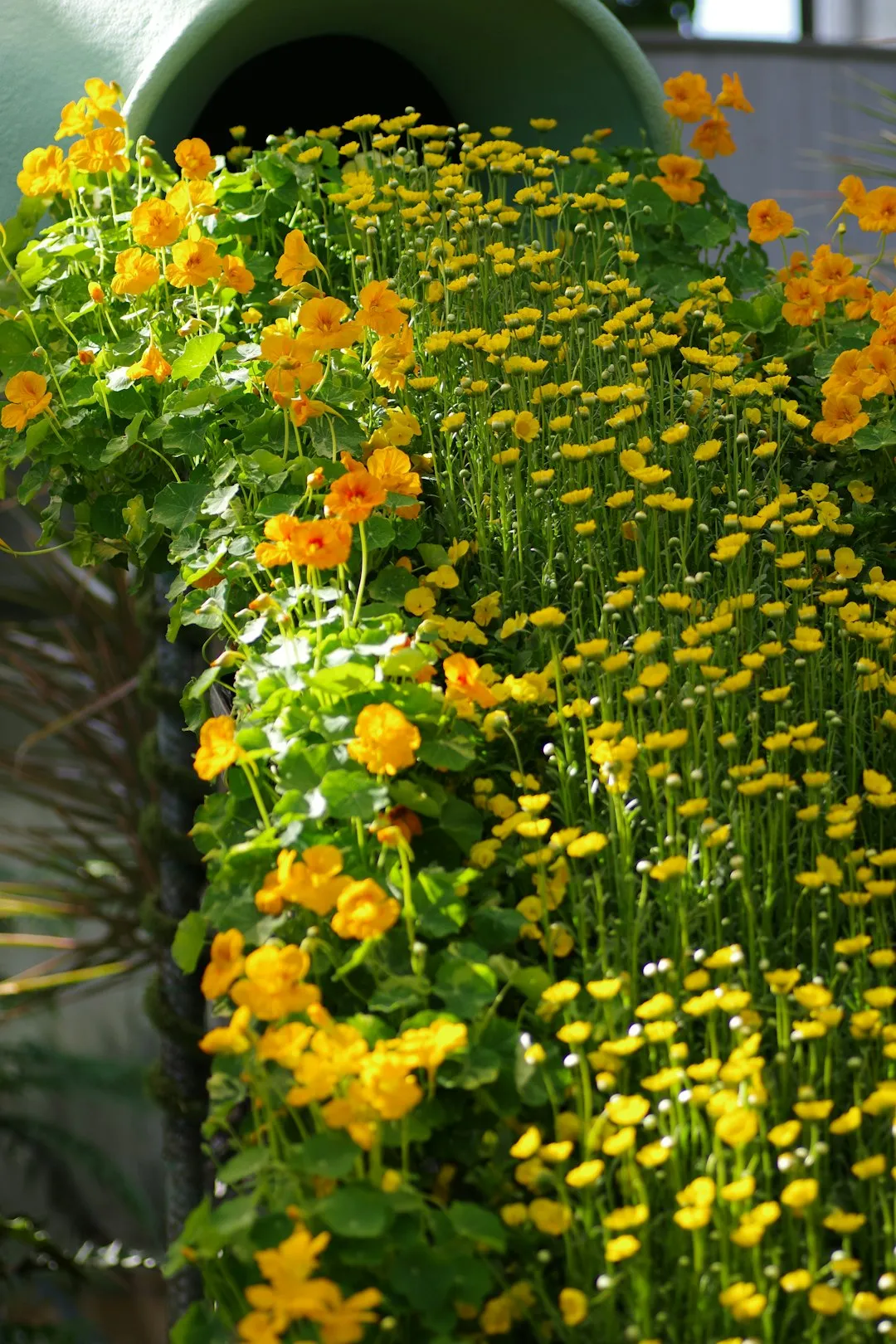Edible gardening is a rewarding endeavor, and among the many vegetables you can grow, kale stands out as a nutritional powerhouse and a relatively easy plant to cultivate. This guide will take you through the ins and outs of growing kale, from planting to harvesting.
### When to Plant Kale
Kale is a cool - season vegetable, which means it thrives in cooler temperatures. In general, you can plant kale in the early spring, as soon as the soil can be worked. This usually occurs when the soil temperature reaches around 40°F (4°C). For a fall harvest, you can plant kale seeds about 6 - 8 weeks before the first expected frost date. This gives the plants enough time to grow and mature before the cold sets in.
When starting kale indoors, sow the seeds about 4 - 6 weeks before the last spring frost. This allows you to get a head start on the growing season. Once the seedlings have developed a few true leaves and the danger of frost has passed, you can transplant them into your garden.
### Sunlight Requirements
Kale loves sunlight, but it can also tolerate some shade. Ideally, kale plants should receive at least 6 hours of direct sunlight per day. However, in regions with extremely hot summers, providing some afternoon shade can prevent the plants from bolting (going to seed prematurely). In cooler climates, full sun is usually the best option to ensure healthy growth and a bountiful harvest.
### Watering Needs
Proper watering is crucial for the success of your kale plants. Kale needs consistent moisture, but it doesn't like to sit in waterlogged soil. Water the plants deeply once or twice a week, depending on the weather conditions. During hot and dry periods, you may need to water more frequently. A good rule of thumb is to keep the soil evenly moist, about an inch deep. You can check the soil moisture by sticking your finger into the soil. If it feels dry at that depth, it's time to water.
### Soil and Fertilization
Kale prefers well - drained, fertile soil with a pH between 6.0 and 7.5. Before planting, amend the soil with plenty of organic matter, such as compost or well - rotted manure. This helps improve the soil structure, retains moisture, and provides essential nutrients for the plants. You can also add a balanced fertilizer, such as a 10 - 10 - 10, at the time of planting. As the plants grow, you can side - dress them with additional compost or a nitrogen - rich fertilizer every few weeks to promote healthy leaf growth.
### Pest and Disease Management
Like any other plant, kale is susceptible to certain pests and diseases. Common pests that attack kale include aphids, cabbage worms, and flea beetles. You can control aphids by spraying the plants with a strong stream of water or using insecticidal soap. Cabbage worms can be hand - picked off the plants or controlled with Bacillus thuringiensis (Bt), a natural bacteria that is toxic to caterpillars. Flea beetles can be deterred by using floating row covers or applying diatomaceous earth around the base of the plants.
Diseases such as downy mildew and black rot can also affect kale. To prevent these diseases, make sure to provide good air circulation around the plants by spacing them properly. Avoid overhead watering, as this can promote the growth of fungal diseases. If you notice any signs of disease, remove the affected leaves immediately and dispose of them properly.
### How and When to Harvest Kale
You can start harvesting kale when the leaves are about 4 - 6 inches long. This usually occurs about 55 - 75 days after planting, depending on the variety. To harvest, simply cut the outer leaves from the plant, starting from the bottom. Leave the inner leaves intact so that the plant can continue to grow. You can harvest kale throughout the growing season, and the leaves will become sweeter after a light frost.
When harvesting, use a sharp pair of scissors or pruning shears to make clean cuts. Avoid tearing the leaves, as this can damage the plant and make it more susceptible to pests and diseases. If you plan to store the kale, wash the leaves thoroughly, dry them completely, and store them in a plastic bag in the refrigerator. They can last for up to a week.
In conclusion, growing kale is a wonderful addition to any edible garden. With a little knowledge and care, you can enjoy a continuous supply of fresh, nutritious kale throughout the growing season. Whether you're a beginner or an experienced gardener, following these tips will help you achieve a successful kale harvest.

